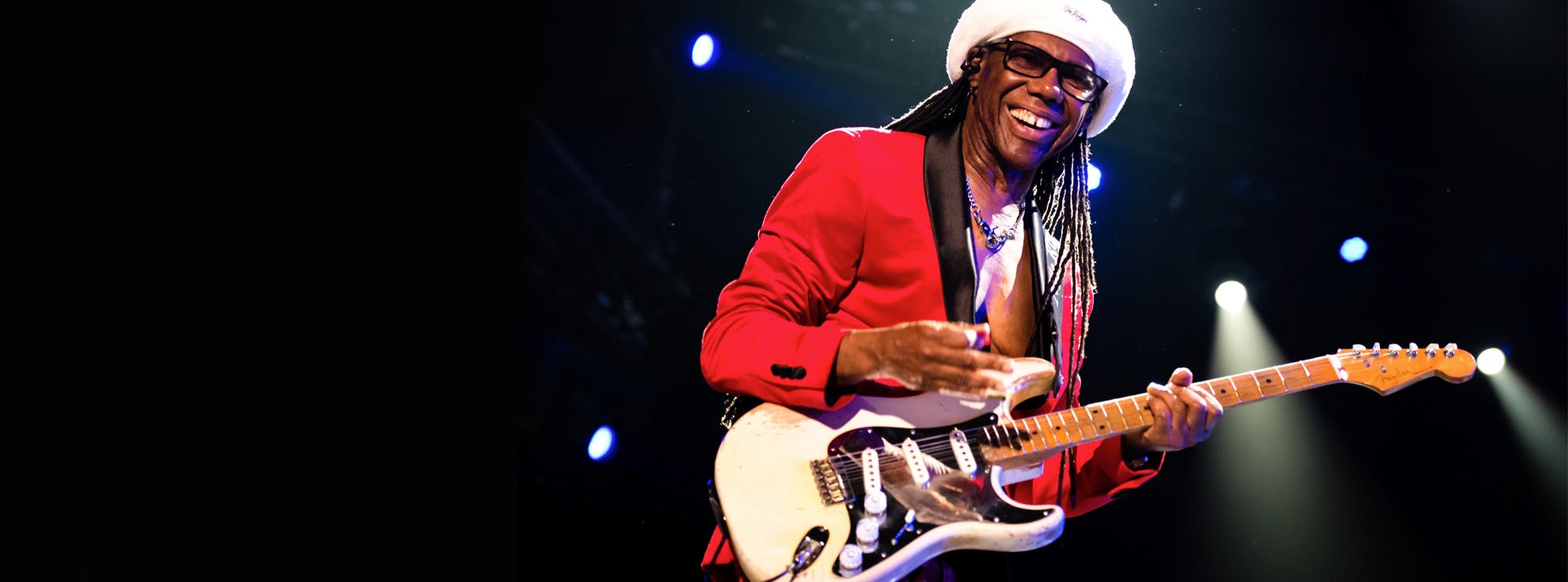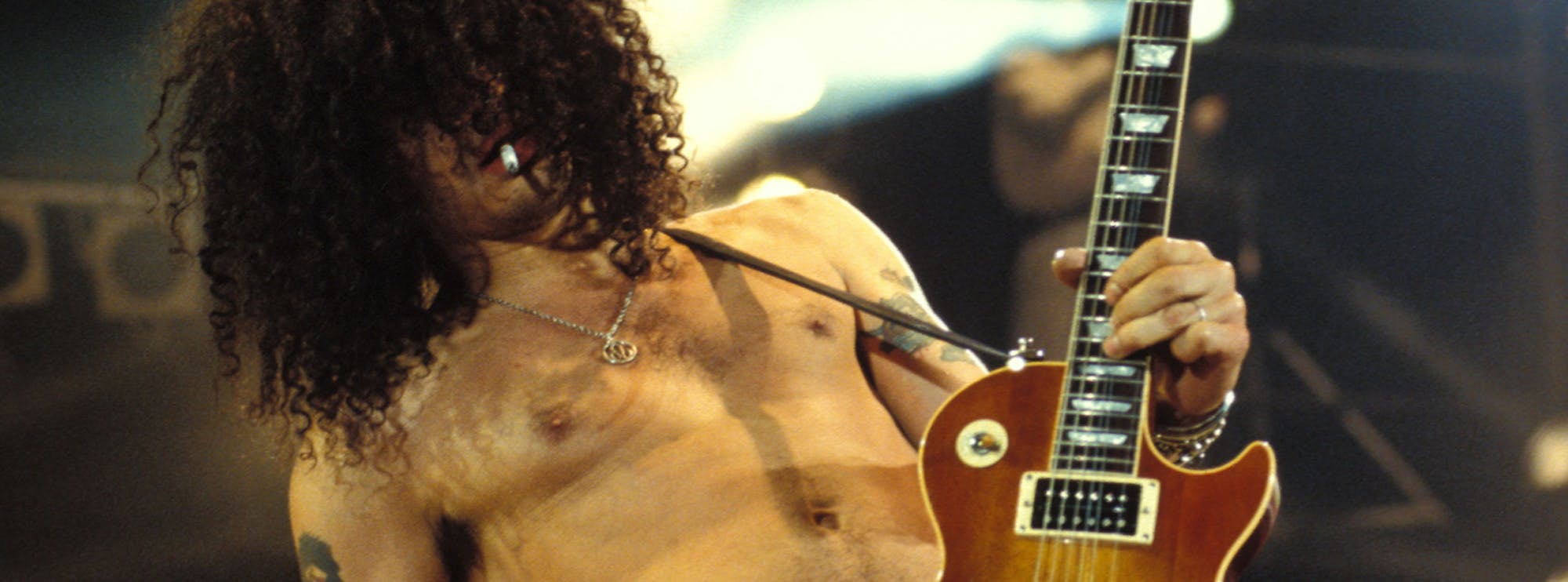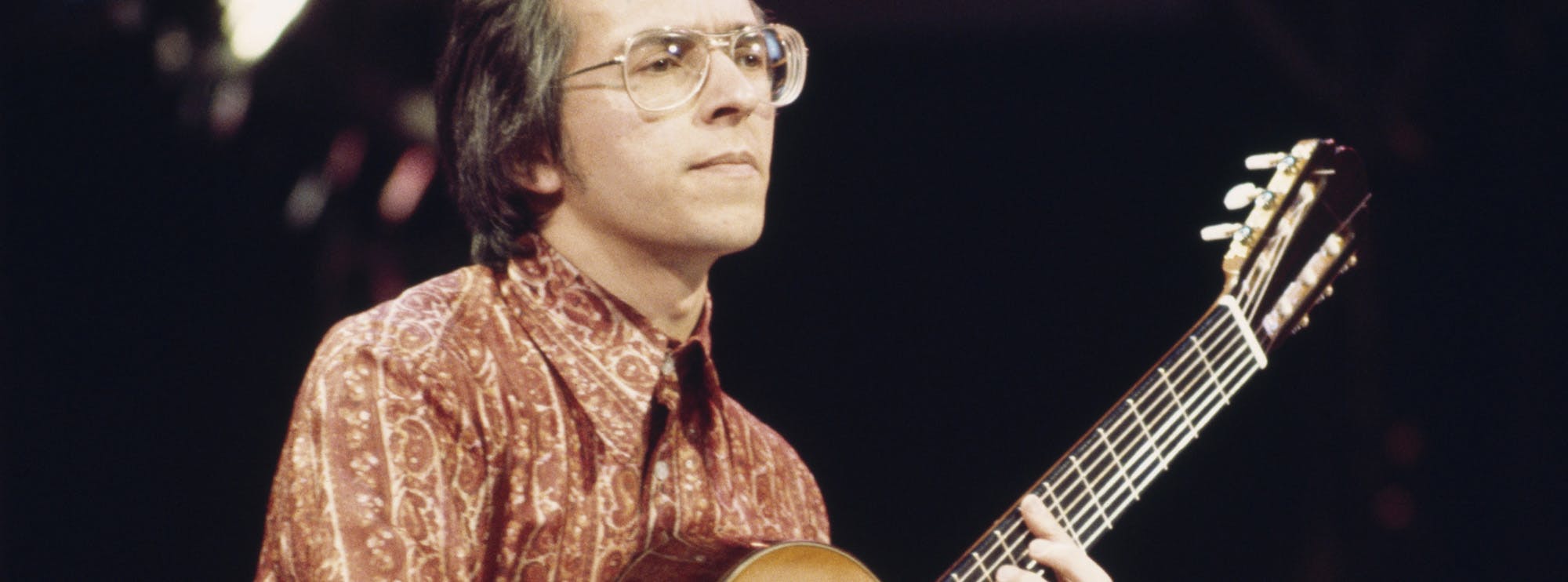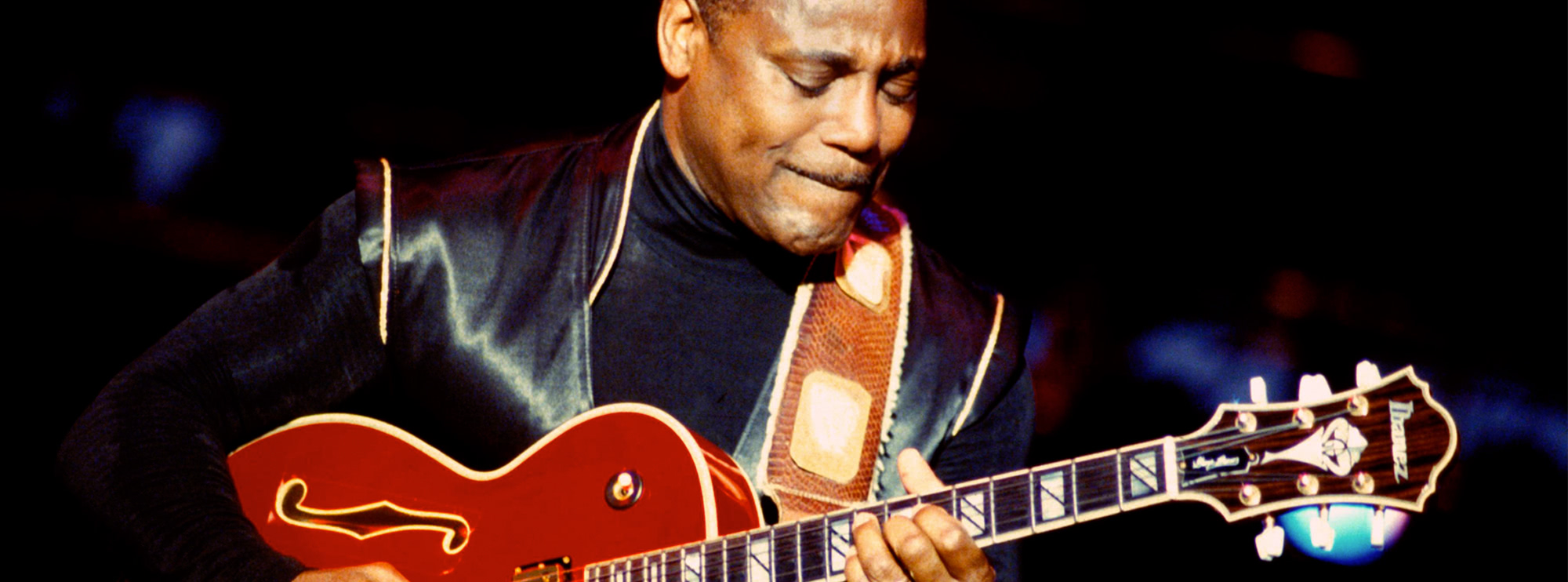Comprehensive Guitarist's Guide to "Use Your Illusion I" by Guns N' Roses
Released on September 17, 1991, "Use Your Illusion I" by Guns N' Roses not only stands as a towering achievement in rock music but also serves as a masterclass in guitar excellence, particularly showcasing the formidable skills of lead guitarist Slash. This analysis delves into each track of the album, highlighting the guitar techniques, scales used, solo constructions, and Slash’s overall contribution, providing a valuable resource for guitarists seeking to understand and emulate this iconic sound. Lick Library legend, Sam Bell, demonstrates every note, riff, and lick in this exclusive Lick Library video course.
The Guitar Mastery of Slash
Before dissecting the individual tracks, it's essential to appreciate the monumental impact of Saul "Slash" Hudson on this album. Known for his signature top hat, curly locks, and a Les Paul slung low, Slash’s playing melds intricate blues scales with hard rock ferocity. His ability to express complex emotional narratives through his guitar solos and riffs has cemented him as a pivotal figure in rock guitar history.
Detailed Track Analysis for Guitarists
1. Right Next Door to Hell
This high-octane track utilises aggressive alternate picking and features Slash’s use of power chords and palm muting. The solo is quintessentially Slash, combining string bending with vibrato for expressive impact.
2. Dust N' Bones
The laid-back, bluesy groove of this song showcases Slash’s versatility, using slides and double stops to create a gritty texture. The solo, while understated, perfectly complements the song’s rhythm with subtle inflections and blues influences.
3. Live and Let Die
This Paul McCartney cover explodes with orchestral and rock elements, where Slash employs dramatic chord progressions to match the song's cinematic scope. His brief but fiery solo uses fast alternate picking and string bends, showcasing technical proficiency.
4. Don't Cry (Original)
A quintessential Guns N' Roses ballad, "Don't Cry" features melodic clean guitar lines with a significant use of arpeggios. The solo is emotionally charged, with bends and legato lines that speak directly to the listener's soul.
5. Perfect Crime
This track stands out for its sheer intensity and speed, incorporating rapid syncopated rhythms and complex palm muting. The solo is a whirlwind of tapped harmonics and aggressive picking that challenges even seasoned guitarists.
6. You Ain't the First
This song features an acoustic arrangement that contrasts with the electric heavy hitters on the album. Slash's use of finger-picking and clean, expressive slides adds a country blues feel, providing a showcase of his range.
7. Bad Obsession
A harmonica-driven rock track with a bluesy feel, "Bad Obsession" highlights Slash’s use of double-stop bends and unison bends. The guitar solo is a gritty display of blues scale mastery and rhythmic precision.
8. Back Off Bitch
Featuring a straightforward, riff-heavy approach, this track is a testament to Slash’s rock roots, emphasizing powerful power chords and pinched harmonics in the solo.
9. Double Talkin' Jive
Beginning with a flamenco-inspired intro, the song transitions into hard rock territory, where Slash employs sweep picking and complex arpeggiated chord progressions. The solo is notable for its dynamic range and technical execution.
10. November Rain
One of the band’s most epic tracks, it features orchestral elements with Slash providing some of his most memorable solos. These solos are masterclasses in building tension, dynamic range, and expressive phrasing, utilising techniques like string bends and sustain to great effect.
11. The Garden
This track mixes psychedelic and hard rock elements, with Slash’s guitar work weaving through the song's dense sonic palette. His solo uses whammy bar tricks and octave melodies to create a haunting atmosphere.
12. Garden of Eden
Fast-paced and aggressive, this song features tightly executed open string riffs and galloping rhythms. The solo is a rapid-fire exhibition of Slash’s precision and speed.
13. Don't Damn Me
With some of the fastest and most intricate guitar work on the album, this track showcases Slash’s skill in blending alternate picking with complex chord structures and syncopated rhythms. The solo is a high-energy, technically demanding piece.
14. Bad Apples
This funk-influenced track highlights Slash’s ability to adapt his style to different musical contexts, using hybrid picking and double stops to craft groovy and rhythmically complex parts.
15. Dead Horse
Starting with an acoustic intro before kicking into electric guitar, "Dead Horse" offers a blend of soft dynamics and harder rock elements. The solo transitions between lyrical and aggressive playing, highlighting Slash’s dynamic control.
16. Coma
The longest track on the album, "Coma" is a journey through varying moods and intensities, featuring some of Slash’s most ambitious solos. Techniques like two-handed tapping and chromaticism are used to craft a complex, evolving guitar narrative.
Guitar Techniques Overview
"Use Your Illusion I" is a showcase of numerous guitar techniques, making it a treasure trove for any guitarist keen on studying rock guitar. Techniques featured prominently include:
- String bending, vibrato, and sustain
- Alternate picking, sweep picking, and tremolo picking
- Hammer-ons and pull-offs, slides, and tapped harmonics
- Double stops, unison bends, and pinched harmonics
Each technique contributes to the rich, layered sound that defines this album, making "Use Your Illusion I" not just a collection of songs but a comprehensive exposition of guitar craftsmanship and artistry.
About The Tutor
Tutor Profile
Sam Bell
Sam Bell has been playing guitar from the age of 4, since then he has played many styles from Funky Blues to screaming Metal/Fusion on 8 string guitar. A member of UK tech metal band ‘Mask of Judas’, he is also currently writing his own solo instrumental album. He also...



